14 Factors that will Influence Stock Movement in current crisis scenario
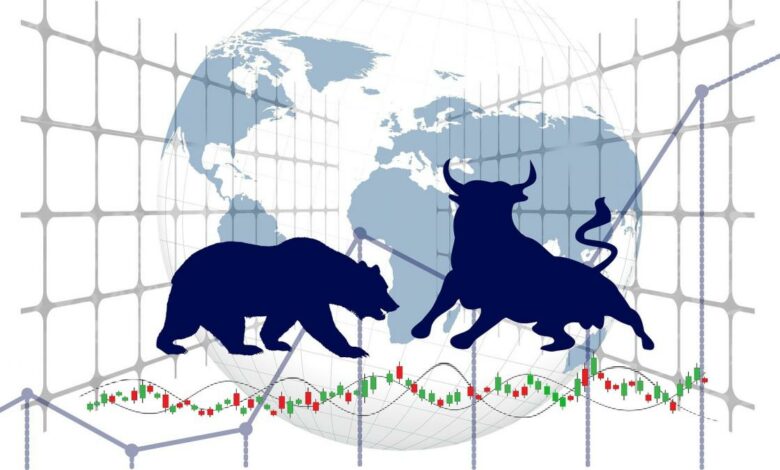
14 Factors That Will Influence Stock Movement in current scenario
After a war-like situation, Stock Markets tend to rebound back.
Market Analysts feels that, despite certain macroeconomic issues brought on by increasing energy costs, a robust rally may be predicted in markets like India whose fundamentals are strong.
Following a war-like situation, Stock Markets tend to pull back sharply. This prophecy has been put to the test several times over the years, including following the Gulf War, the Afghanistan War, the Iraq War, and the Crimean crisis.
After an extreme meltdown in the stocks, domestic markets ended a seven-day losing skid on Friday. Benchmark indexes, on the other hand, closed the week on a high note because investors snapped up companies at Bargain Prices.
The global markets were spooked by Russia’s attack on Ukraine, which resulted in a collapse, but the less-than-expected penalties on Russia restored investor morale, and purchasing was evident across sectors.
Here’s how experts gauge market sentiment:-
According to Rupak De, Senior Technical Analyst at LKP Securities, the rebound could continue for long ,16,550 is convincingly held.
According to Mazhar Mohammad, Founder & Chief Market Strategist, Chartviewindia.in, Nifty has to stay above 16,478 levels for the next few sessions to build a sideways to positive bias.
With that in mind, here’s a look at some of the important signs for Monday’s action:
After a sharp drop on Thursday, the stock market in the United States has recovered
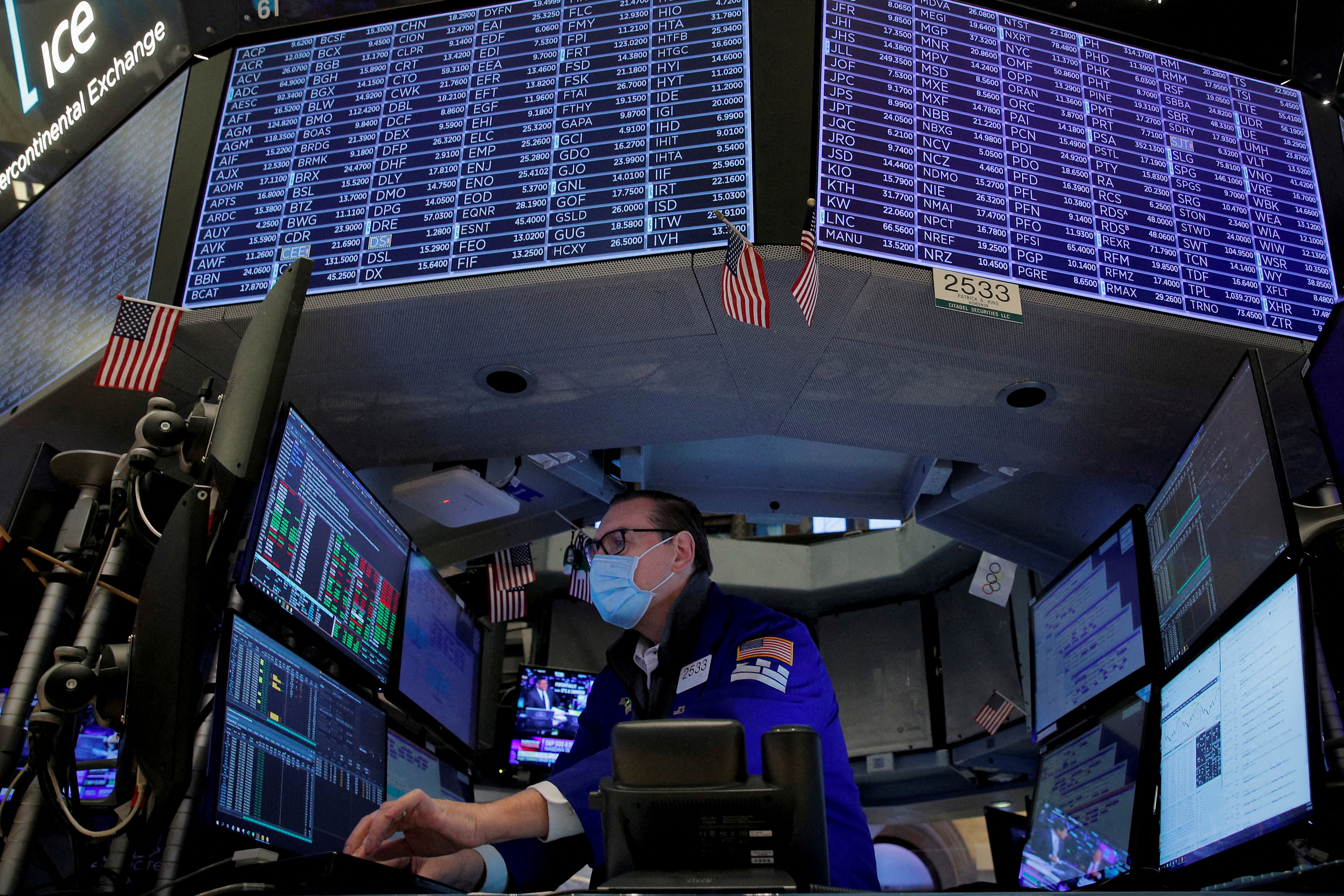
The Nasdaq and the S&P 500 indices both gained for the week, extending the surge of last session . After losing 0.7 percent the last week, the MSCI World Index closed the week up 2.43 percent. The Dow Jones Industrial Average increased by 2.51% after closing with 0.28 percent higher on Thursday, the S&P 500 rose 2.24 percent after climbing 1.5 percent the day before, and the Nasdaq Composite rose 1.64 percent after surging 3.3 percent on Thursday.
European markets end the day higher
Market players analysed the impact of Western sanctions against Russia after the Kremlin started an invasion of Ukraine, and European markets finished higher on Friday, bouncing back from a violent sell-off. Only a day after touching its lowest level since the start of 2022, the Stoxx 600 index gained 3.3 percent, capping off a stunning run. The index had its best day in more than three months. All of the key indices and sectors were in the green. Utilities, mining companies, and banks led the increases, each increasing by more than 4%.
From a technical standpoint, an ABCD pattern has been constructed
On Friday, the Nifty 50 produced a bullish ABCD pattern, which is a type of harmonic pattern with two equal price legs. Analysts noted that there appear to be numerous barriers around the 16,800-17,065 zone, which includes not only the bearish gap zone but also the 200-day EMA, which has a value of roughly 16,720.
F&O: Derivatives have fewer rollovers.
Traders had a challenging week since market volatility was substantially higher, resulting in swings on both sides. Nifty closed the expiration session a smidgeon above 16200, but it returned with a gap up on Friday and finished the week above 16650. According to Ruchit Jain, Lead Research, 5paisa.com, the increased geopolitical tensions between Russia and Ukraine caused fear among market players on the expiration day, resulting in a steep reduction.
“Derivatives segment rollovers were lower than the usual, so how traders establish new positions in the first week of the March series will be a key element to watch in the following week,” he said.
Stocks with a bullish slant
On the counters of Tech Mahindra, Birla Cables, Tata Consumer Products, MindTree, Orient Bell, CARE Ratings, Asahi Songwon, KEI Industries, Hitachi Energy, Pfizer, Sanofi, Sasken Technologies, and others, the momentum indicator Moving Average Convergence Divergence (MACD) revealed a bullish trade setup.
The MACD is a popular tool for detecting trend reversals in traded equities and indexes. When the MACD crosses above the signal line, it is a bullish signal, implying that the security’s price may rise, and vice versa.
Stocks are indicating that there will be more decline in the future
Eicher Motors, Speciality Restaurants, Univastu India, Kamat Hotels (India), Keynote Financial Services, and Times Guaranty all had bearish MACD readings. On these counters, a bearish crossing on the MACD suggested that they had only just began their downward path.
In terms of value, the most active stocks on Dalal Street were Tata Motors (Rs 2,244 crore), Infosys (Rs 1,654 crore), Reliance Industries (Rs 1,540 crore), HDFC Bank (Rs 1,332 crore), ICICI Bank (Rs 1,240 crore), Tata Power (Rs 1,135 crore), and Maruti Suzuki (Rs 1,120 crore). Higher activity on a counter in terms of value can aid in identifying the counters with the biggest daily trading turnovers.

In terms of volume, the most traded stocks in the session were Vodafone Idea (shares traded: 24.74 crore), PNB (shares traded: 18.93 crore), YES Bank (shares traded: 10.28 crore), BHEL (shares traded: 6.18 crore), Bank of Baroda (shares traded: 6.14 crore), Suzlon Energy (shares traded: 5.48 crore), and Tata Power (shares traded: 5.21 crore).
Stocks with purchasing interest: As Fine Organics reached new 52-week highs, it attracted buying interest from market players.
Stocks are being pressured to sell
Strong selling pressure pushed Aegis Logistics, Heidelberg Cement, AIA Engineering, and Bajaj Consumer Care to 52-week lows, reflecting beairsh sentiment on the counter.
Bears are favoured by the sentiment metre
Overall, the market breadth favoured gainers, with 2,595 companies ending in the green and 781 stocks ending in the red.
According to KR Choksey, headline indexes and top tier businesses with good fundamentals rebound quickly after a sharp drop, especially in war-like conditions, and they provide investors with considerable high profits.
Sell-offs are followed by recoveries, which are followed by further sell-offs, and so on,” stated Deepak Jasani, head of retail research at HDFC Securities. So, if the final date is used, markets seem to have bottomed on that day.”
However, if circumstances worsen an already unstable economic/financial global situation, the creation of a bottom will take longer. After a bull run, the Nifty-50 has historically corrected between 31 percent and 37 percent before staging a robust recovery of up to 145 percent. However, since October’s top, the index has surged 148 percent and has only corrected 12.7 percent.
“While rising petroleum prices and inflation fears may cause tumultuous sessions until the dust settles, we just see more investing opportunities in such circumstances and take advantage of them.” In a message, KRChoksey PMS advises clients to disregard the hype and stick with their present assets.
After a recent wave of coronavirus infections slowed activity early this year, India’s economy is developing slower than expected, and dangers from increasing commodity prices are rising amid Russia’s invasion of Ukraine.
According to a Bloomberg poll done before of the announcement of official figures on Monday, the gross domestic product increased by 9.1% in the year to March 31, the quickest rate among major economies. This is a slower pace of increase than the 9.2% registered in the last survey and official statistics ministry predictions made last month.
The relief rally in Indian indexes might continue, but there are still concerns
If worries of the Ukraine invasion escalating into a conflict involving global powers subside, Indian stocks will build on Friday’s relief rally in the early part of the week. However, the mood is hardly optimistic, with Russia continuing its offensive over the weekend and higher oil prices expected to exacerbate inflationary pressures, leaving central banks with a shorter window to tighten policy, according to investors and traders.
Ukraine said on Sunday evening that it will meet Russia at the Belarus border soon after Russian President Vladimir Putin raised the alert level on Russia’s strategic nuclear forces. These would be the first discussions between the two countries since Russia invaded Ukraine.
Reports on the possibility of talks sent US stocks soaring on Friday, with the Nasdaq Composite, S&P 500 and Dow Jones ending 1.6-2.5% higher.
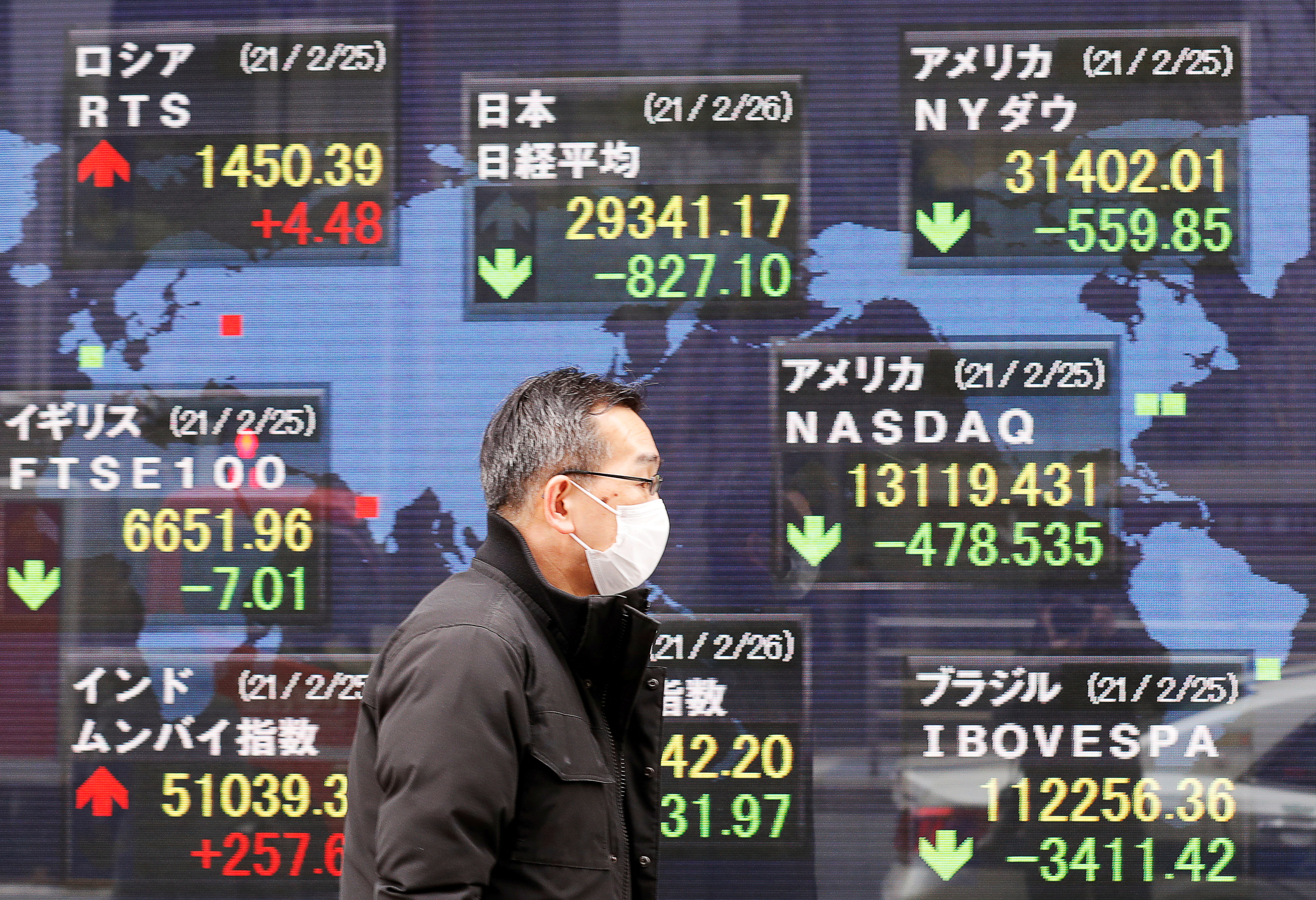
Concerns about supply shortage
“I would regard this more as a relief rally,” said Harsha Upadhyaya, chief investment officer, equity, at Kotak Mahindra Asset Management Co., “given that the anxiety of other global majors becoming dragged into armed conflict did not materialise.” “The broader concern is the reversal in monetary policy by global central banks.” Market participants expect the European Central Bank (ECB) to postpone its planned interest rate hike due to the ongoing war, which is likely to have a significant impact on Europe. They speculated that the US Federal Reserve may adhere to its rate-hike agenda.
Concerns that Russia’s invasion of Ukraine could increase supply problems caused Brent crude to fall to $97.93 per barrel on Friday, after surpassing $105 on Thursday. While oil is not subject to economic sanctions, seven Russian banks were removed from the SWIFT international payment system on Sunday in an attempt to cut Russia off from the global financial transaction network. Investors will assess the impact of the action on the extent of disruptions in Russia’s oil export operations.
In a weekend letter to clients, Christian Keller, head of economic research at Barclays, said, “Russia’s invasion of Ukraine has generated great uncertainty for the global outlook in the short but longer run.” “Higher energy costs and sanctions are immediate contagion routes that will disproportionately hit Europe. The ECB has become more cautious as a result, while the Fed is unlikely to shift course.”
Fear Levels Remain High
For emerging economies like India, expectations of central banks’ expected moves – particularly the Fed – have been major market movers. The Sensex and Nifty recovered on Friday, bringing their weekly losses down to approximately 3.6 percent. Both indices are down 10.5 percent from their October 19 all-time highs.
The markets are still not out of the woods, according to technical indicators. On Friday, the India VIX, which reflects the market’s sense of risk in the short term, plummeted 16 percent to 26.74, although it remains high.
Last week, the Nifty went below its 200-day moving average, a major trend indicator, and it is still below that level.
“Since Nifty is in a downtrend in the short to medium term, selling on rallies is our favoured strategy,” said Rajesh Palviya, Axis Securities’ head of technicals and derivatives. “We expect Nifty to trade in the range of 17,000-16,300 this week, with a mixed bias.”
Market volatility may be exacerbated by India’s Life Insurance Corporation’s upcoming major IPO. The market will be expecting for GDP data for the fourth quarter as well as automobile sales data this week.
Concentrate on the Changing Situation
Sunil Singhania, founder of Abakkus Asset Manager, believes the Russia-Ukraine conflict will continue in some form or another, and that events should be actively monitored.
“Markets appear to have already digested the current situation, and any softening of the condition would act as a powerful incentive for a quick up move,” Singhania added. “It’s a good thing NATO has decided to avoid military war for the time being and instead depend on economic sanctions to put massive pressure on Russia to defuse the situation.”
As the Sensex gets increasingly volatile, there are a few things to be cautious about. D-Street Investors were also focused on India’s GDP results, which are set to be released on Monday evening.
On Monday, investors joined a global flight from riskier Assets, citing fears of additional sanctions on Russia, while shares of Future Group companies soared on reports that Reliance will take over the company.
Later in the day, investors were expecting the publication of domestic economic growth numbers.
The Sensex stayed unchanged at 55,901.47, up 42.95 points or 0.077 percent, while the Nifty 50 rose 29.70 points or 0.18 percent. The Nifty 50 index was down 1.16 percent at 16,465.45, while the S&P BSE Sensex was down 1.23 percent at 55,168.67 earlier.
IMPACT OF THE RUSSIA-UKRAINE WAR
According to Reutrers, “the Stock market is volatile today because there is a drag on the (Russia-Ukraine) crisis because no negotiations have yet been made between the parties,” and “a surge in crude prices is also an overhang on the Indian market,” according to Samrat Dasgupta, chief executive officer of Esquire Capital Investment Advisors.
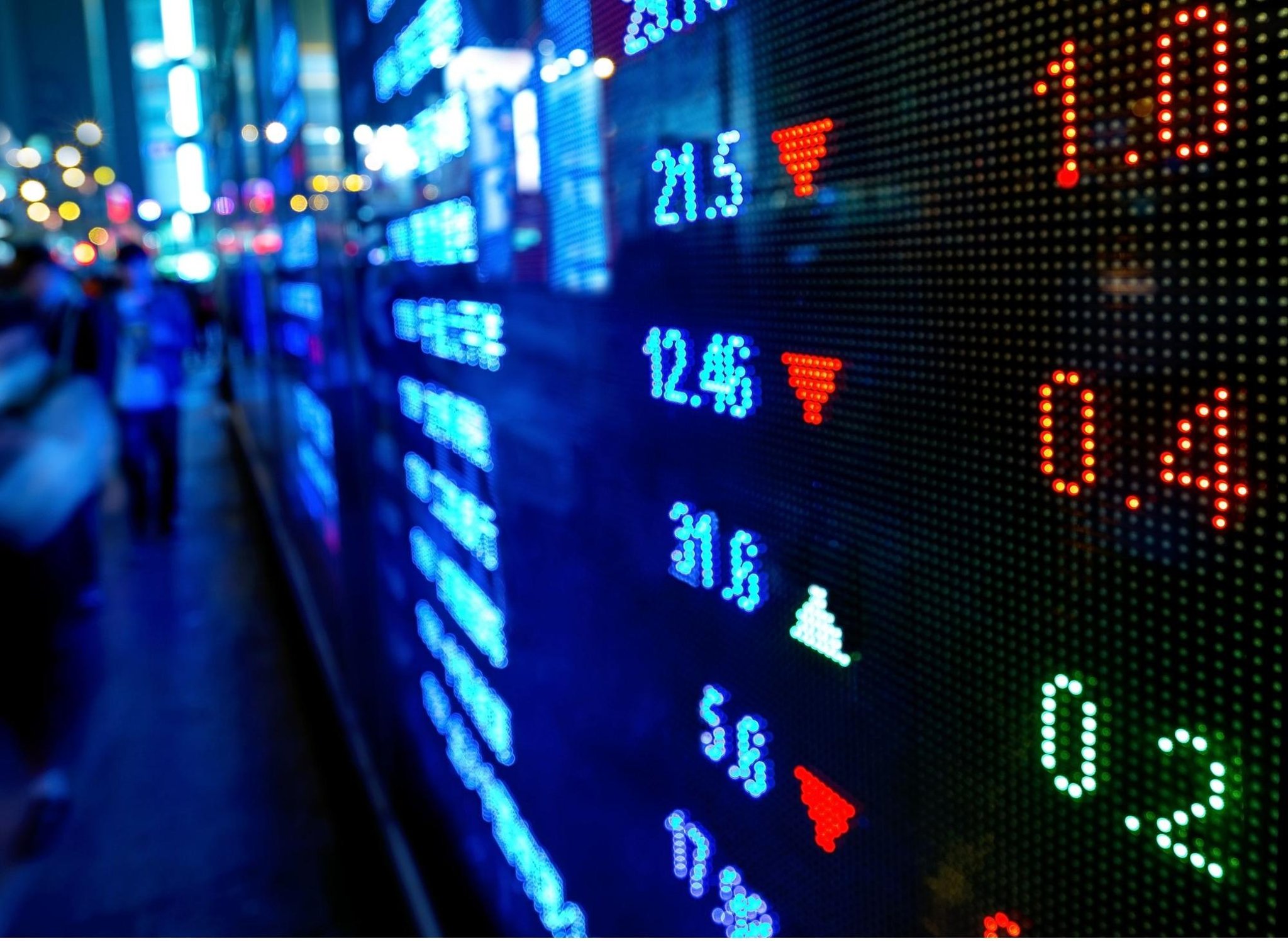
DATA ON THE GDP
India’s Gross Domestic Product (GDP) figures will be released on Monday evening. According to a Reuters poll of economists conducted last week, the country’s economy grew by 6% year on year in the three months ending December 2021, slower than the previous two quarters, in concerns about a slowing economy grew following Russia’s invasion of Ukraine.
“The rise on Friday seemed to be a real short squeeze,” said John Marley, CEO of forexxtra, a London-based FX consultant. Monday, on the other hand, can see greater selling pressure, since the SWIFT limitations and the increased likelihood of Russian Currency Assets being blocked would bring actual financial hardship across markets,” he said. With global equities plunging to a 10-month low on Thursday, and down more than 7% this yesr, investors are already concerned about bloated markets and hawkish central banks.
LONDON: After Western nations imposed a tough set of penalties to punish Russia for its invasion of Ukraine, world markets were prepared for another chaotic week, because conflict raged for a fourth day.
Stocks in the United States have dropped about 8% this year, putting them on course for their worst start since 2009, while concerns about the escalating situation in Ukraine have shook markets throughout the world.
Despite the fact that Wall Street closed the day higher on Friday, with key indices up 1.5 percent to 2.5 percent, economists predicted that markets will face selling pressure on Monday.
“”No one likes uncertainty, and investors hate it even more, so we’re in for a long battle,” said Peter Kinsella, UBP’s global director of FX strategy.
“It appears to me that we are in the early stages of a new Cold War, which is already manifesting itself and will have a long-term influence on attitudes.”
On the fourth day of the heaviest attack on a European state since World War Two, Russian military vehicles surged into Ukraine’s second-largest city, and explosions rocked oil and gas sites.
As a result, the US and its allies have taken steps to prevent some Russian banks from using the SWIFT international payment system. The measures will be imposed in the following days and include limits on the Russian central bank’s overseas reserves.
“The rise on Friday seemed to be a real short squeeze,” said John Marley, CEO of forexxtra, a London-based FX consultant. “However, if the SWIFT limitations and the heightened risk of Russian currency reserves being frozen cause some serious financial harm across markets,” he concluded, “Monday should bring some extra selling pressure.”
The Russian invasion comes at a time when investors are already concerned about overvalued markets and hawkish central banks, with global equities plunging to a 10-month low on Thursday and down more than 7% this year.
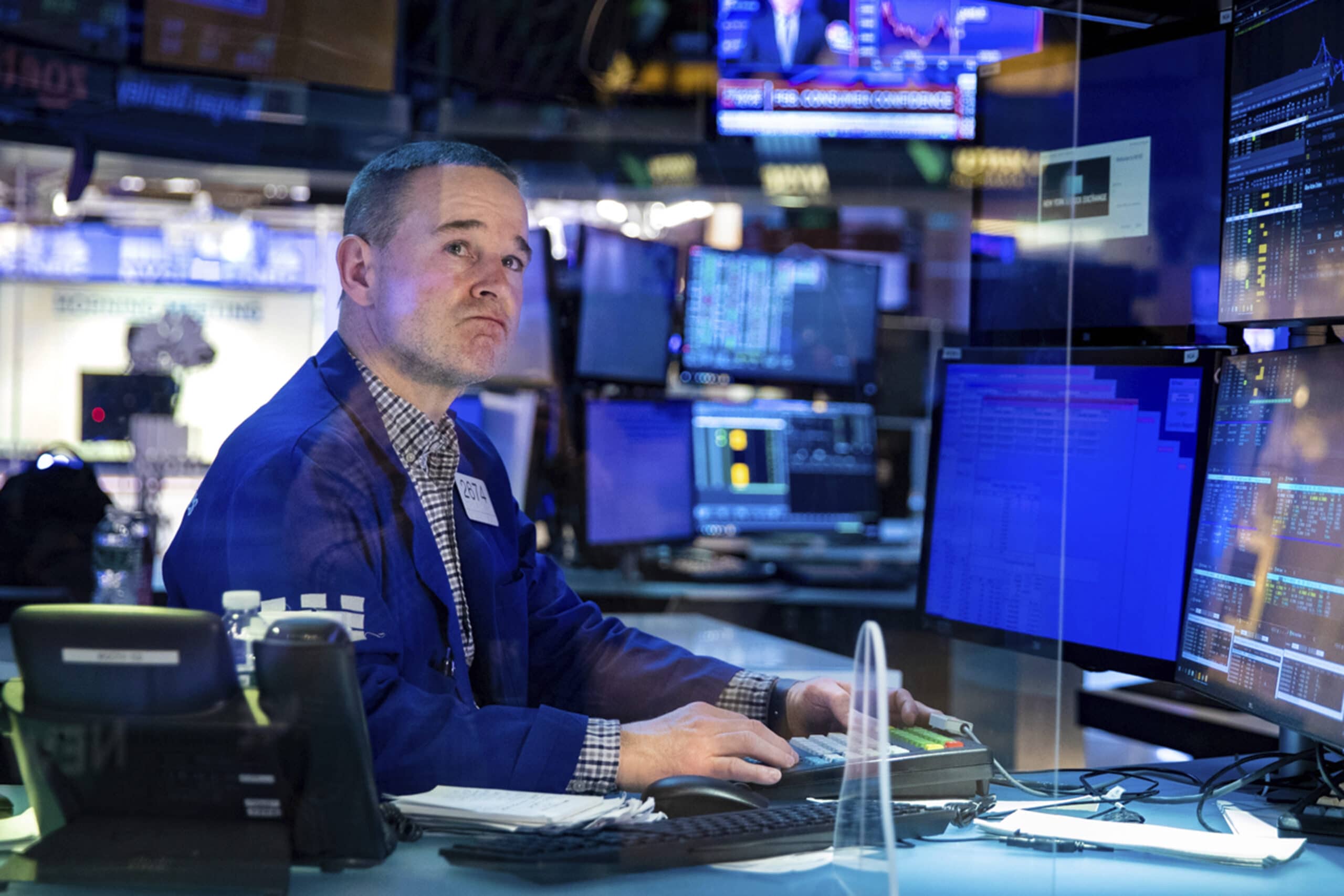 Reducing the Risk
Reducing the Risk
The recent discoveries might put more downward pressure on oil and grain prices, with Brent futures topping $105 per barrel on Thursday and wheat futures rising to levels last seen in mid-2008 on Friday before falling down somewhat.
Investors are desperately seeking to reduce risk in their portfolios, according to the most recent weekly positioning data.
According to statistics from the Commodity Futures Trading Commission, hedge funds reduced long bets on the British pound while reducing short bets on the yen. Separate Goldman Sachs data revealed withdrawals from European-focused stock funds, while flows into developed market equities were negative.
Because traders are examining the consequences of the current round of fines, safe-haven assets such as US Treasuries, German Bunds, and the Swiss franc are expected to witness strong purchasing.
Russia’s primary stock index rose 20% on Friday following a catastrophic 33% drop on Thursday, while the rouble rebounded somewhat after hitting a record low of 90 per dollar on Thursday, with analysts forecasting further pain on Monday.
On Monday, because volatility indicators across markets, which are now at high levels, are expected to climb, investor purchases of derivative contracts to protect themselves against further losses are expected to soar.




